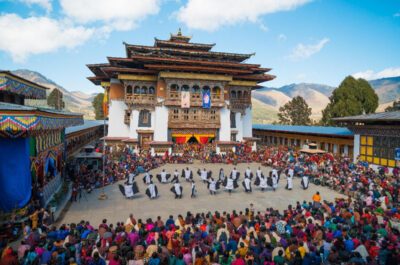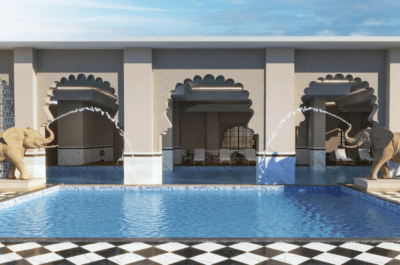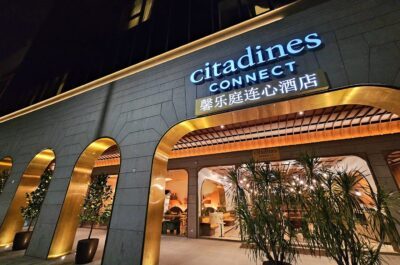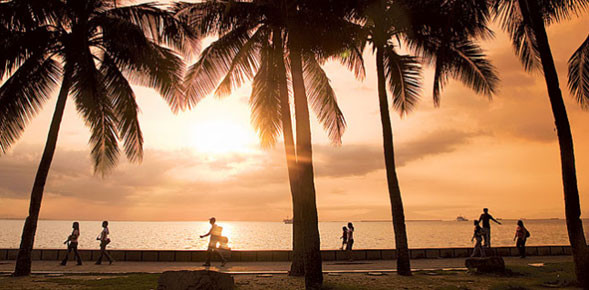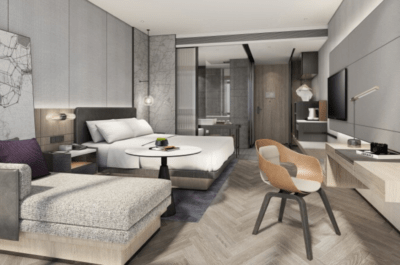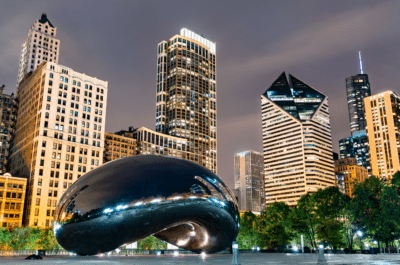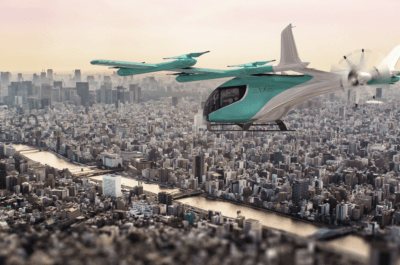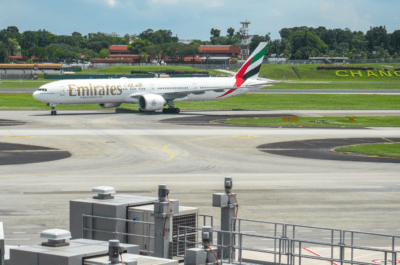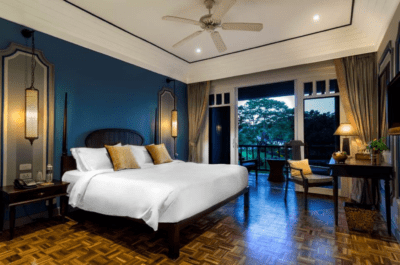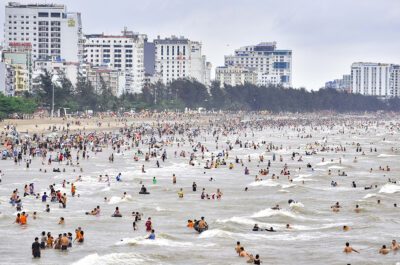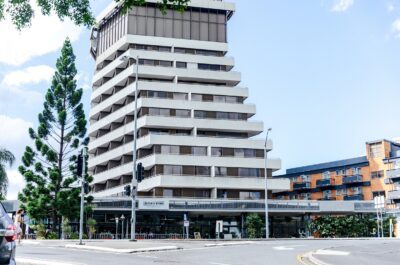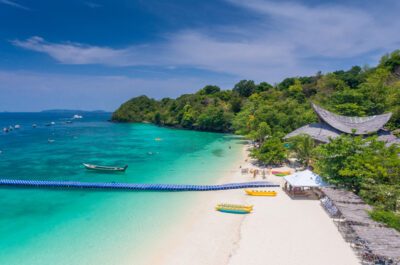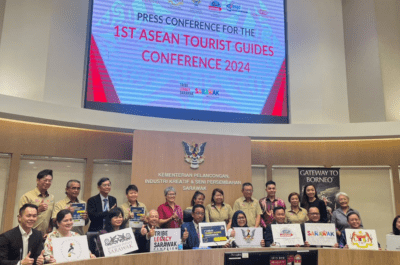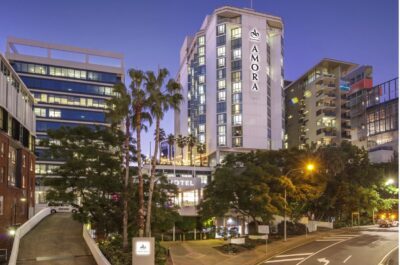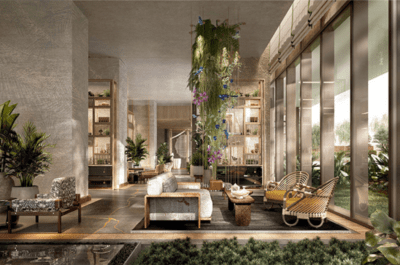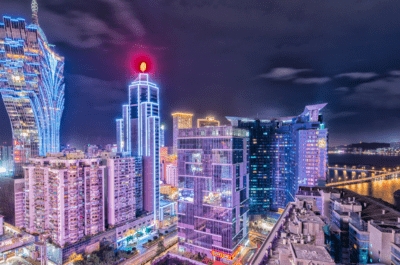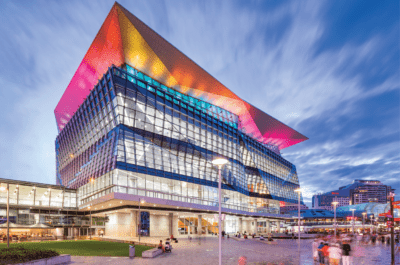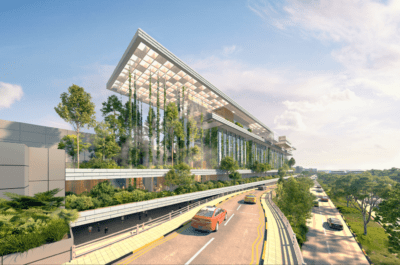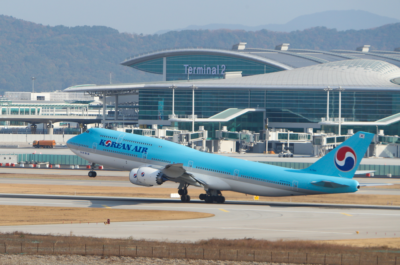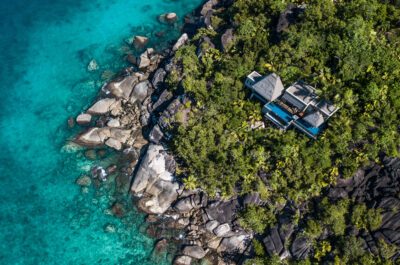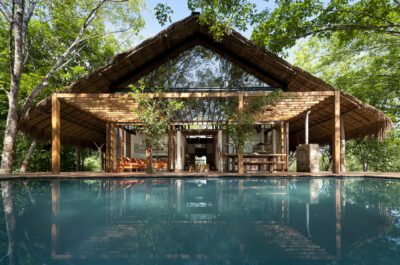Manila Bay is under threat as new real estate development is due to take place along the famed bay.
MANILA- Twenty-one years after protesters got the Manila City Council to prohibit reclamations on Manila Bay, the council recently reversed its decision and permitted a developer to begin reclamation for a massive real estate development. The company “Gold Coast” got the green light from the authorities to develop its “Entertainment City” which will translate into the destruction of the entire Manila Bay Park, well-known among locals for its unique sunset view.
The “Manila Gold Coast Corporation,” the developer behind the reclamation, is the same one behind the scrapped 1992 project. In February 2011, it persuaded the city council to reverse the ordinance banning reclamation.
In April 2012, a consortium agreement was signed to reclaim 148 hectares of the waterfront, stretching from the Cultural Center of the Philippines to the US embassy. This size is twice the size of Rizal Park in the city centre. Protesters then gather in front of the city hall to voice their grievance over the absence of consultation with residents about the project.
In a press conference at the Manila Yacht Club on January 5, urban planners, environmentalists, heritage advocates and Manila residents presented to the press their reasons for opposing the reclamation project. Lawyer Galahad Pe Benito told to the media: “There was no public bidding for this project. When we asked to see the contract with Gold Coast, the Government Corporate Council and PRA (Philippine Reclamation Authority) said, “It is privileged. We cannot show it to you.”
The primary problem posed by the reclamation, according to them, is environmental. Filipino President Ramon Magsaysay declared Manila Bay a public park in 1954. In 1992, Republic Act 7586 included Manila Bay it in the National Integrated Protected Areas System Act intending it to be a park for the people.
Manila Bay remains the only free space in Manila where one can enjoy a beautiful sunset without paying a cent. Speakers at the press conference believe that once the “entertainment city” is constructed, admission to it will be restricted to those who can afford the “city’s” establishments.
Historical tours are currently conducted along Marina Bay as it is a historical landmark unique to the world. No other Asian country can boast of such a massive waterfront or one that has figured so prominently in a country’s history. Ivan Henares of the Philippines Heritage Conservation Society explained that “It was here that the rajas fought the Spanish. It witnessed the British invasion and McCarthur’s return…It is a waterfront of our history and is one of the last few tourist destinations we can be proud of.”
For urban designer Paolo Alcazaren, the reclamation means a destruction of a unique city landscape. Roxas Boulevard, formerly Dewey Boulevard, is all that remains of legendary urban planner Daniel Burnham’s master plan for Manila. Burnham also famously designed Chicago and its world-renowned Lakeshore Drive took its template from Dewey Boulevard.
The issue is heating up because of the upcoming elections. Talk in the press conference soon shifted to the two candidates for Manila mayor and what stand each will take on reclamation. The protestors call on citizens to sign their online petition to scrap the Gold Coast reclamation project.
(Source: Rappler.com)
Luc Citrinot a French national is a freelance journalist and consultant in tourism and air transport with over 20 years experience. Based in Paris and Bangkok, he works for various travel and air transport trade publications in Europe and Asia.

